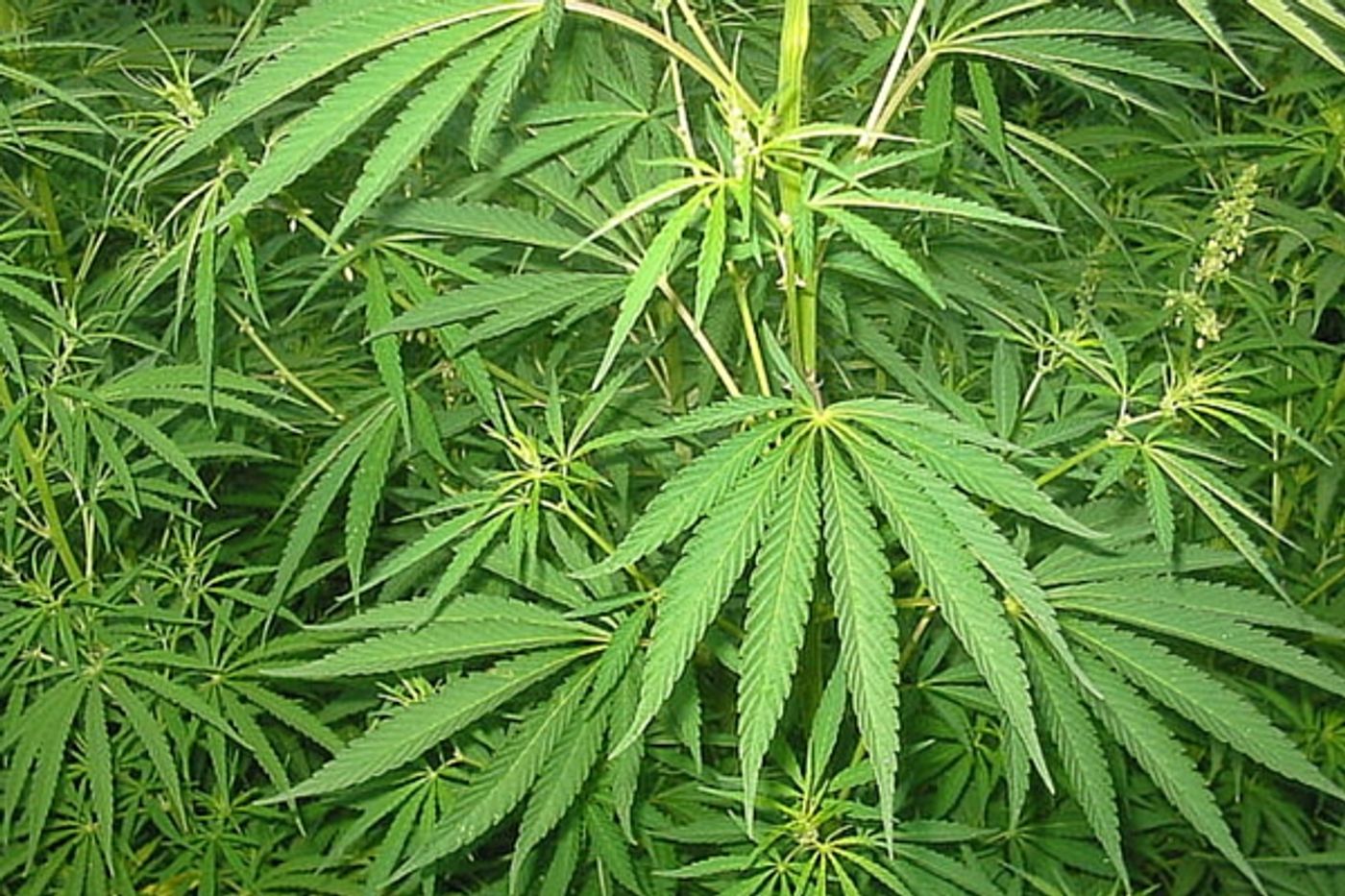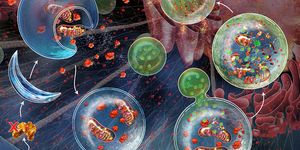Pot And The Teenage Brain
Scientists have known for a while that marijuana definitely affects brain chemistry, function and structure. Studies have been published that reflect a loss of IQ points as a result of pot use, memory loss, an association with certain mental disorders and physical changes in the grey matter in the brains of those who smoke pot regularly. While the plant’s effectiveness at treating other diseases like cancer and glaucoma have also been documented, the amount of information on its effects on the brain cannot be discounted.

The most recent research on pot and the brain comes from scientists in Canada at Western University’s Schulich School of Medicine & Dentistry They have published a study showing the significant, long-term impacts of delta-9-tetrahydrocannabinol (THC) –the chemical component in pot that produces the high– on
the developing brains of teenagers.
The study used adolescent mice and exposed them to THC. The team noted there were significant behavioral changes in the mice, but that wasn’t all. There were also physical changes at the neuronal and molecular level of the mice. Adult mice that were exposed to THC were also part of the study and the with the exception of some minor memory and cognitive loss, the same effects were not replicated in the older mice.
The changes that were recorded were increased anxiety, elevated levels of dopamine and an inability to filter out unnecessary stimuli. These changes are identical to those found in patients with schizophrenia.
The team at Western was led by Steven Laviolette, PhD, professor in the departments of Anatomy and Cell Biology, and Psychiatry, and study first author Justine Renard, PhD. They were assisted by researchers at Schulich Medicine & Dentistry and the School’s Addiction Research Group.
The adolescent rodents exposed to pot were socially withdrawn, highly anxious and their dopamine levels were elevated. They were also confused and showed signs of cognitive impairments. These factors persisted into adulthood, even after the initial exposure had ended.
In an interview with lfpress.com study author Justine Renard said, “With the (rise) in adolescent cannabis use and (increasing) THC content in newer cannabis strains, it is critically important to highlight (risk) factors (with) exposure to marijuana, particularly during adolescence.”
Canada’s government is currently looking at legalizing marijuana, so the research results from Western University could play a part in that debate. In a press release from the University, Dr. LaViolette said, “Adolescence is a critical period of brain development and the adolescent brain is particularly vulnerable. Health policy makers need to ensure that marijuana, especially marijuana strains with high THC levels, stays out of the hands of teenagers. In contrast, our findings suggest that adult use of marijuana does not pose substantial risk.”
Renard added, “Our research improves our knowledge of how adolescent exposure to THC may lead to the onset of schizophrenia in adulthood.”
A recent study from the UK also showed evidence that pot with a high concentration of THC was associated with an increased risk of psychosis as well as structural damage to the corpus callosum in the brain.Take a look at the video below to learn more about the Western University study and how their results could impact marijuana legislation in Canada.








